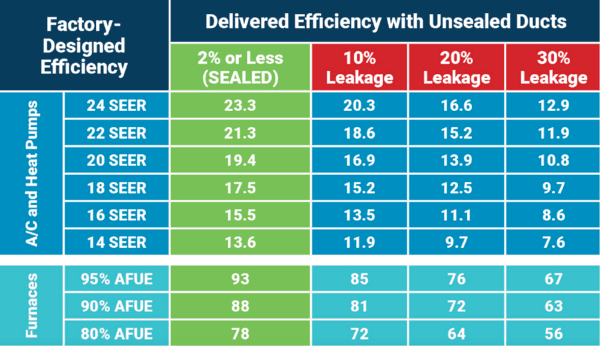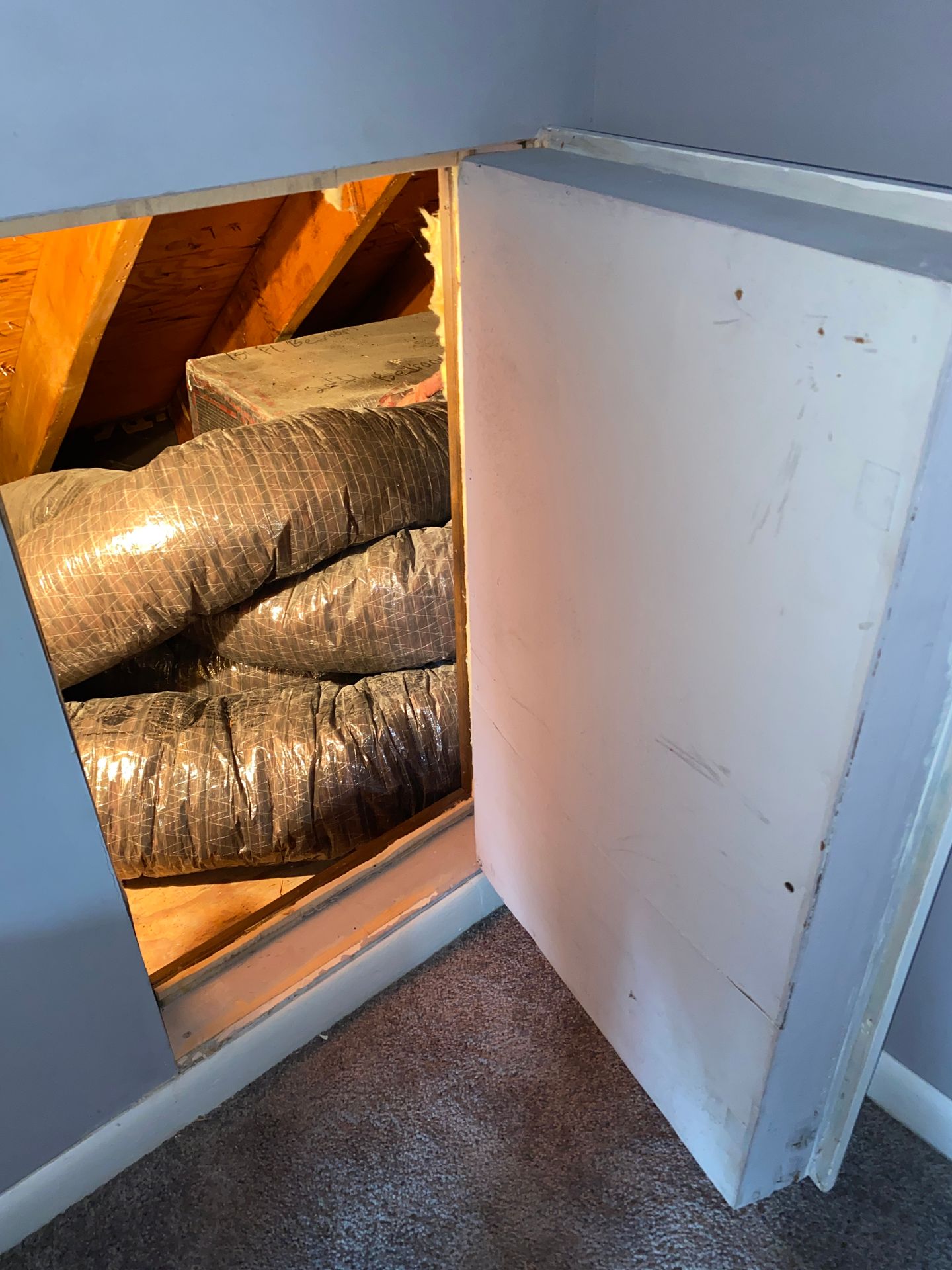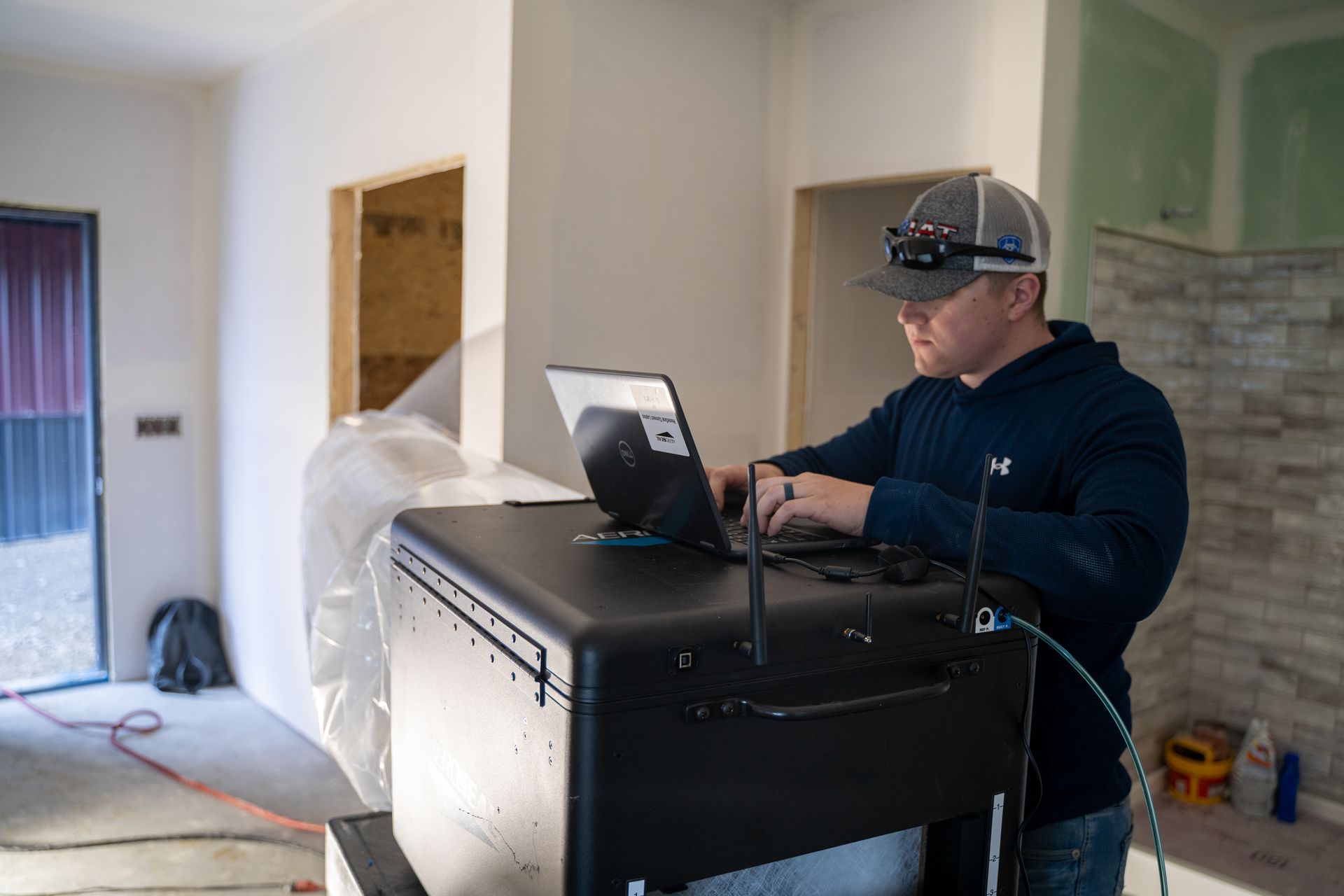Sealing Ducts: Traditional Methods vs. Aeroseal Efficiency
Understanding the Importance of Duct Sealing
Ensuring that your home's ductwork is properly sealed is crucial for maintaining energy efficiency and indoor air quality. Leaky ducts can lead to significant energy loss, causing heating and cooling systems to work harder and increasing utility bills. Additionally, gaps in ductwork can allow dust, allergens, and pollutants to circulate throughout your home.
Traditional duct sealing methods have been used for years, but technological advancements have introduced more efficient solutions like Aeroseal. Understanding the differences between these methods can help homeowners make informed decisions about their HVAC systems.

Traditional Duct Sealing Methods
Traditional duct sealing typically involves the use of mastic sealant or metal tape to cover gaps and leaks in the ductwork. This process usually requires us or any technician to manually apply the sealant to accessible areas of the ducts, which can be time-consuming and labor-intensive.
While effective to some extent, traditional methods often fall short in addressing leaks in hidden or hard-to-reach areas. The success of this method largely depends on the skill and thoroughness of the technician performing the work.
Pros and Cons of Traditional Methods
Advantages of traditional duct sealing include its proven track record and lower initial cost. It is a well-established method that many HVAC professionals are familiar with.
However, there are several disadvantages, such as limited access to certain parts of the ductwork and potential for human error. Additionally, the process can be disruptive, requiring technicians to access various parts of your home.

Introducing Aeroseal Technology

Benefits Of Aerseal
- Efficiency: Aeroseal can seal up to 95% of leaks in ductwork, dramatically improving system performance.
- Cost Savings: By improving efficiency, Aeroseal can reduce energy bills by up to 30%.
- Improved Air Quality: Sealing leaks prevents contaminants from entering the duct system.
Choosing the Right Method for Your Home
When it comes to choosing between traditional duct sealing and Aeroseal, considerations such as budget, accessibility, and long-term efficiency should play a key role. Homeowners with older or more complex duct systems might find Aeroseal to be a more effective solution due to its advanced capabilities.
Our Conclusion
Duct sealing is an essential component of maintaining a comfortable and energy-efficient home. While traditional methods have their place, innovations like Aeroseal offer compelling advantages that are worth considering for many homeowners.
By understanding the differences between these methods, you can make an informed decision that ensures your HVAC system operates at its best, providing both comfort and savings for years to come.